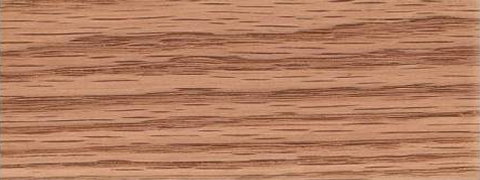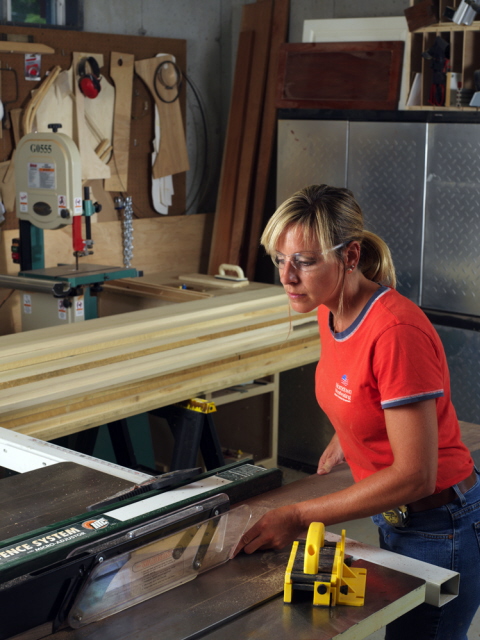Nope. There’s nothing quite like grain. Sometimes, I like it fermented into a lovely carbonated adult beverage to be enjoyed on a hot Florida day after mowing the lawn. Other times, I like it distilled into a warming spirit, fun to sip on a cold winter’s night.
Wait, wrong blog.
What I meant to say is that wood has a grain, and grain is good. Sometimes, it’s not very pronounced, giving a subtle look to a project. Maples, alders and some other species have this look. Other times, well, gosh, the grain is the board. Southern yellow pines, oaks, walnut – they are all about the grain.
Wood grain is fun to work with, but as with anything in woodworking, it has to be selected with care. Let’s face it, there are plenty of times when grain selection can make or break a project.
Think for a minute about gluing up a few boards to make a panel. Sure, you can grab any two boards you want to, true up the edges and make them foursquare and glue them together. And, I’m willing to bet you will end up with a board that’s plenty strong and durable for your project. If you plan on painting the project and you do that, heck, you have saved yourself a metric buttload of time. Go inside and have one of those aforementioned adult beverages and call it a day.

However, if you want to finish those boards in something other than an opaque finish, selecting the right boards to make the piece look aesthetically pleasing will be a completely different matter. You see, the grain from different boards can look wildly different. One board may have a wild, wavy grain pattern while the other is straight and true. Put those together, and, well, yuck.

The same goes for places where boards may come together at right angles – say the joints in a framed cabinet door. Finding a harmonious blend of where the grains meet can pose a challenge, especially when you have to put a pair of doors next to each other on a cabinet.
The first woodworker I ever saw agonize about grain selection was Gail O’Rourke. She jointed and planed stacks of boards, sorting and shifting them on the workbench as she laid out the pieces for a project she was building. At first, with unfinished boards, I could barely tell what the heck she was doing. But, as I watched her work, and eventually when she finished her projects, the careful attention to grain orientation and appearance came through loud and clear.
How do you work with wood grain? Well, I still make mistakes on projects, but the best way to do things for me is to carefully mark boards I am working with, especially if I am ripping wide boards down to narrower ones. This way, I can use boards with similar appearances to make things look good. Plus, think about what the show face of your project is going to be. If it will be the doors on a large cupboards, that’s probably where you will want to take your time to choose boards that look the best.
Also, a quick swipe with some mineral spirits will definitely make the grain pattern pop on the boards, giving you time to evaluate your choices before it evaporates without raising the grain like water does.
Once you can get this one down, grain will become your new best friend.



